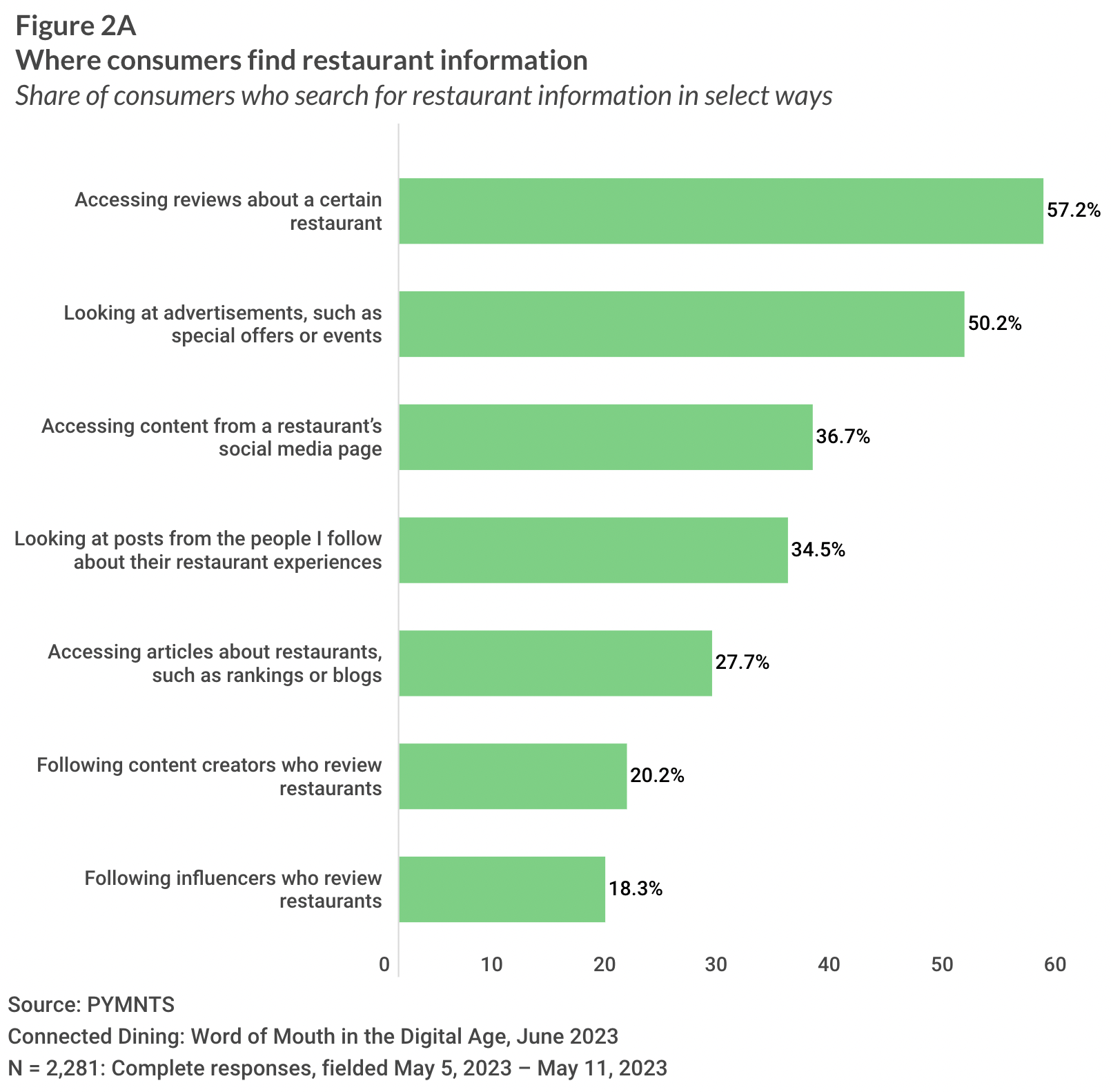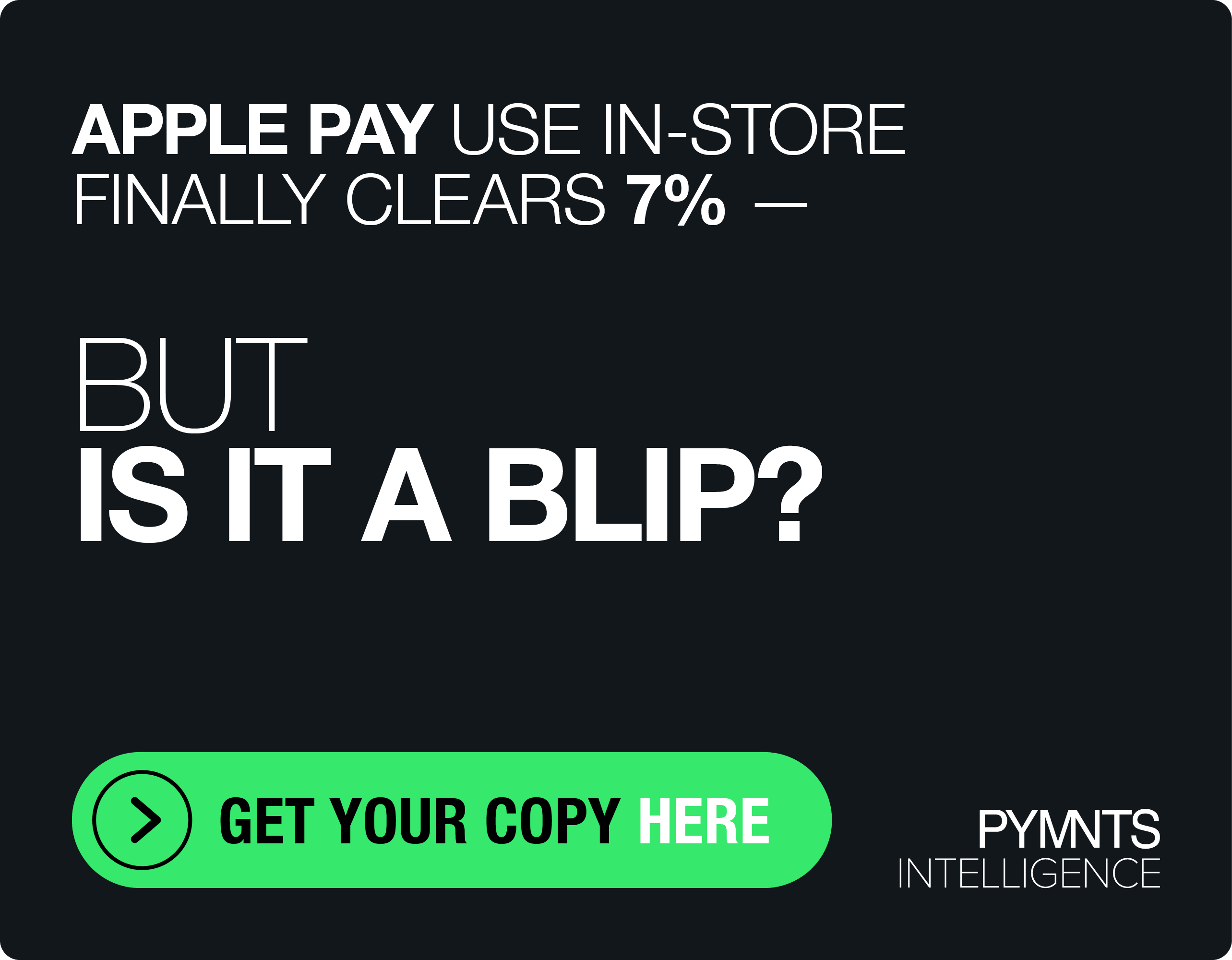37% of Diners Use Social Media to Find New Dining Hot Spots

As restaurants look to stay relevant in the ever-evolving social media landscape, their efforts are paying off, with PYMNTS data revealing that many restaurant customers are turning to these platforms to find their new favorite eateries.
By the Numbers
The latest edition of PYMNTS’ exclusive Connected Dining report, “Connected Dining: Word of Mouth in the Digital Age,” which drew from a May survey of more than 2,200 U.S. consumers, looked at how important it is for restaurants to keep a strong digital presence in the restaurant business.
The study revealed that 37% of diners search for restaurant information by accessing content from a restaurant’s social media page. Plus, that share jumped up to 42% for Generation Z and 46% for millennials.

The Data in Context
In an interview with PYMNTS earlier this month, Uriel Maslansky, CEO and co-founder of Atly, a social media mapping platform, noted that younger consumers tend to turn to social media for restaurant discovery. However, most social networking platforms are unwieldy, and not designed for this purpose.
“People, especially Gen Z, are doing this today on social networks, and they find themselves dealing with incredible content and amazing recommendations on the wrong platforms,” Maslansky said. “It’s very, very hard to find the right restaurant around you, the right coffee shop around you, on these endless feeds.”
That is, restaurants can reach consumers on social platforms, but not always at those high-intent moments when diners are looking for new restaurants to try out that day.
Additionally, relying on social media can have significant drawbacks for restaurants, as some restaurateurs noted last year, when Instagram changed its algorithm, leaving many businesses with a steep drop-off in engagement. Specifically, businesses that had seen high engagement with a social strategy centered on photography and captions found it difficult to keep their following engaged as the platform pivoted to prioritizing videos over static content.

